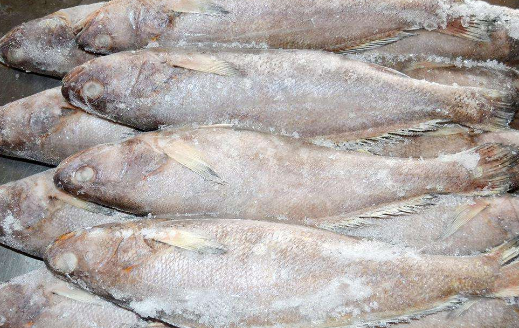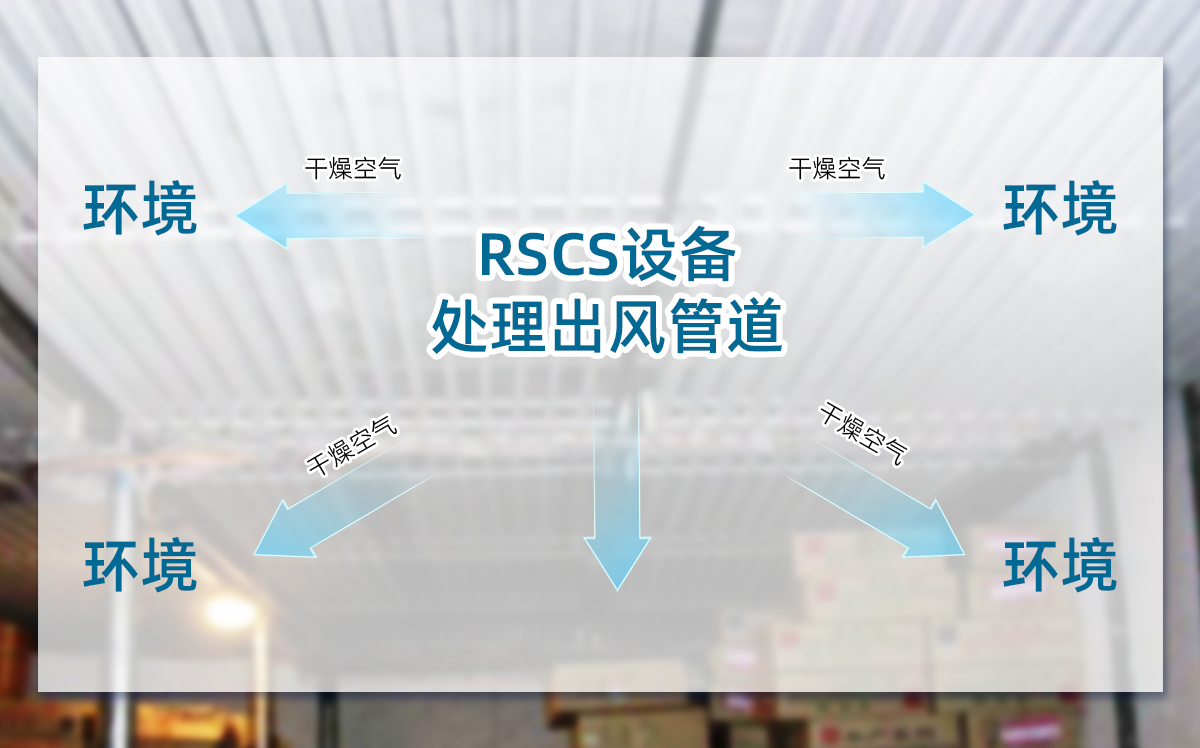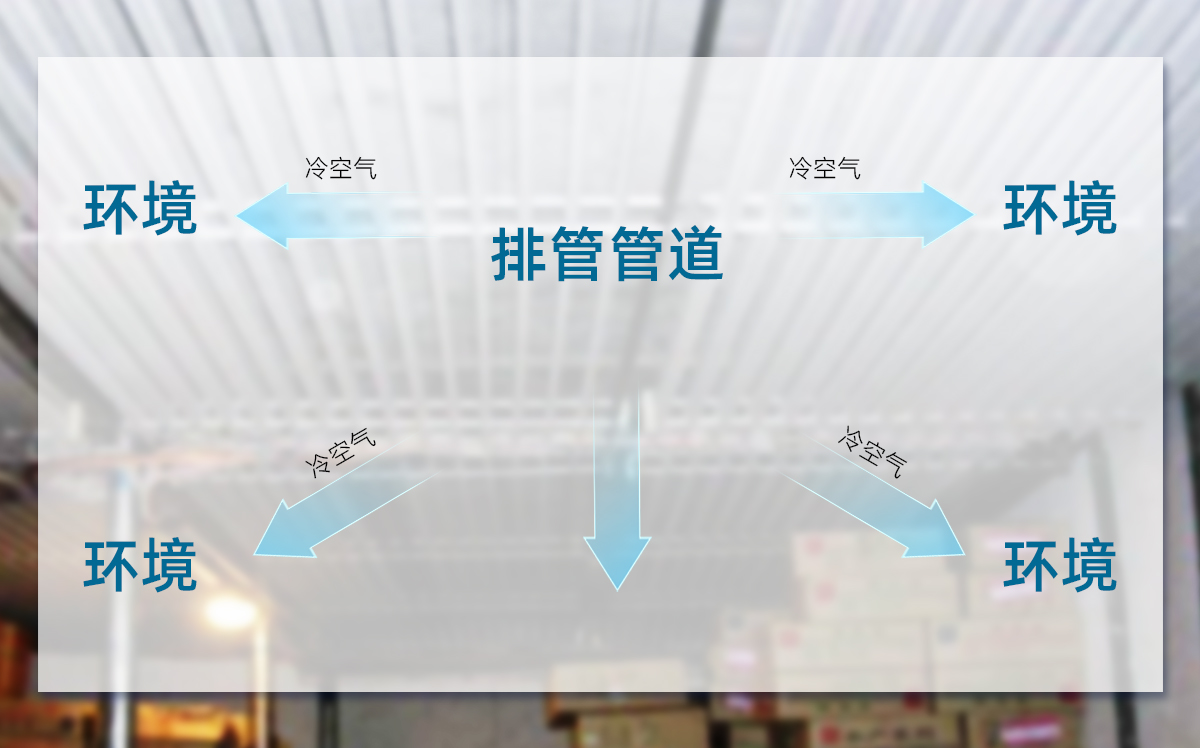Seafood Cold Storage Solutions: Precision Humidity & Temperature Control
Seafood’s unique characteristics—soft texture, non-vacuum packaging, surface dehydration risks,
and accelerated microbial growth compared to meat—demand specialized cold storage solutions.
Critical Storage Requirements
Ultra-Low Temperatures:
-23°C to -25°C: Essential to inhibit bacterial activity and prevent spoilage.
Stability Matters: Fluctuations above ±0.5°C risk texture degradation and quality loss.

Coil Cooling Systems:
Widely adopted for uniform temperature distribution without forced airflow, eliminating surface dehydration caused by conventional blowers. (Image)
Humidity Control: The Key to Freshness
Optimal humidity (90–95% RH) preserves moisture, texture, and taste while minimizing weight loss.

Bynasci’s Frost-Free RSCS System revolutionizes coil-based storage:
Zero Frost Formation:
Prevents moisture buildup on coils through precision humidity control, eliminating ice accumulation without manual defrosting.

Micro-Jet Airflow Technology:
High-static-pressure, uniform airflow maintains coil surface dryness while stabilizing relative humidity.

Adaptive Humidity Logic:
RSCS System Advantages
Feature Benefit
Frost-Free Operation Reduces energy waste from defrost cycles (15–20% lower energy consumption)
Moisture Retention Limits weight loss to <1% (vs. 3–5% in conventional systems)
Compliance Ready Meets HACCP, ISO 22000, and Global Seafood Alliance standards
Case Study: Sustainable Shrimp Storage
A Norwegian seafood processor achieved:
Zero dehydration: Maintained 93% RH at -25°C for 12-month frozen shrimp storage.
30% energy savings: RSCS eliminated daily defrost cycles.
Zero frost-related downtime: Continuous operation for 18+ months.
Why Choose Buaisen RSCS?
√ Patented humidity control technology
√ 24/7 remote monitoring with predictive maintenance alerts
√ Customizable for tuna, salmon, and shellfish storage
Preserve Quality. Maximize Yield.
Upgrade to Buaisen RSCS for seafood storage that balances precision, efficiency, and compliance.


 Return to List
Return to List
 Phone
Phone